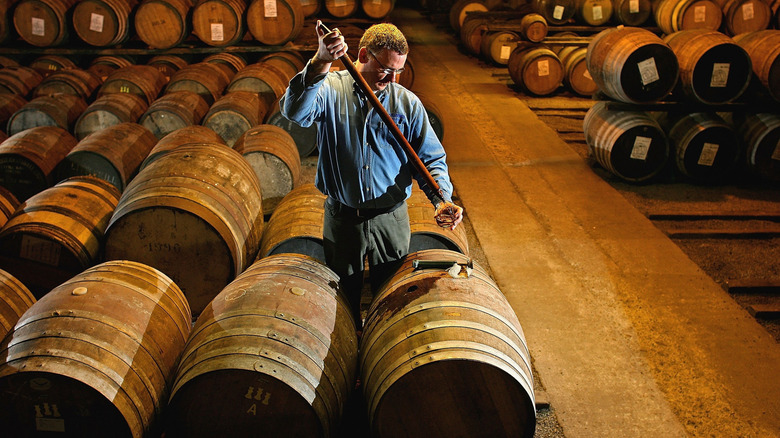From the rugged cliffs of the Isle of Skye to the historic streets of Edinburgh, there’s a reason Scotland is constantly ranked as the most beautiful country in the world by travelers. If you’re planning a first-time visit, your trip can include exploring ancient castles, spotting adorable Highland cows grazing in meadows, or enjoying outdoor adventures at Cairngorms National Park; it’s up to you. For liquor connoisseurs, there’s another convincing reason to flock to the northern country: its world-famous whisky.
Unlike American bourbon (which must use at least 51% corn), Scottish whisky (yes, without the ‘e’) typically uses malted barley as its primary ingredient. The aging process is also different. While bourbon ages in new charred oak barrels for about two years, Scottish whisky ages in oak barrels for a minimum of three years. Beyond these differences in ingredients and production, there’s another key fact visitors to Scotland should know: How you choose to enjoy your drink could immediately identify you as a tourist if you’re not careful.
Put simply, Scots don’t shoot their whisky like it’s a quick hit of alcohol. In most cases, you’ll likely hear a local order a wee dram, which refers to a little pour ideal for sipping. The entire experience of smelling and tasting it slowly allows drinkers to savor the complex flavors of each pour rather than just kicking it back like a cheap spirit at a party.



